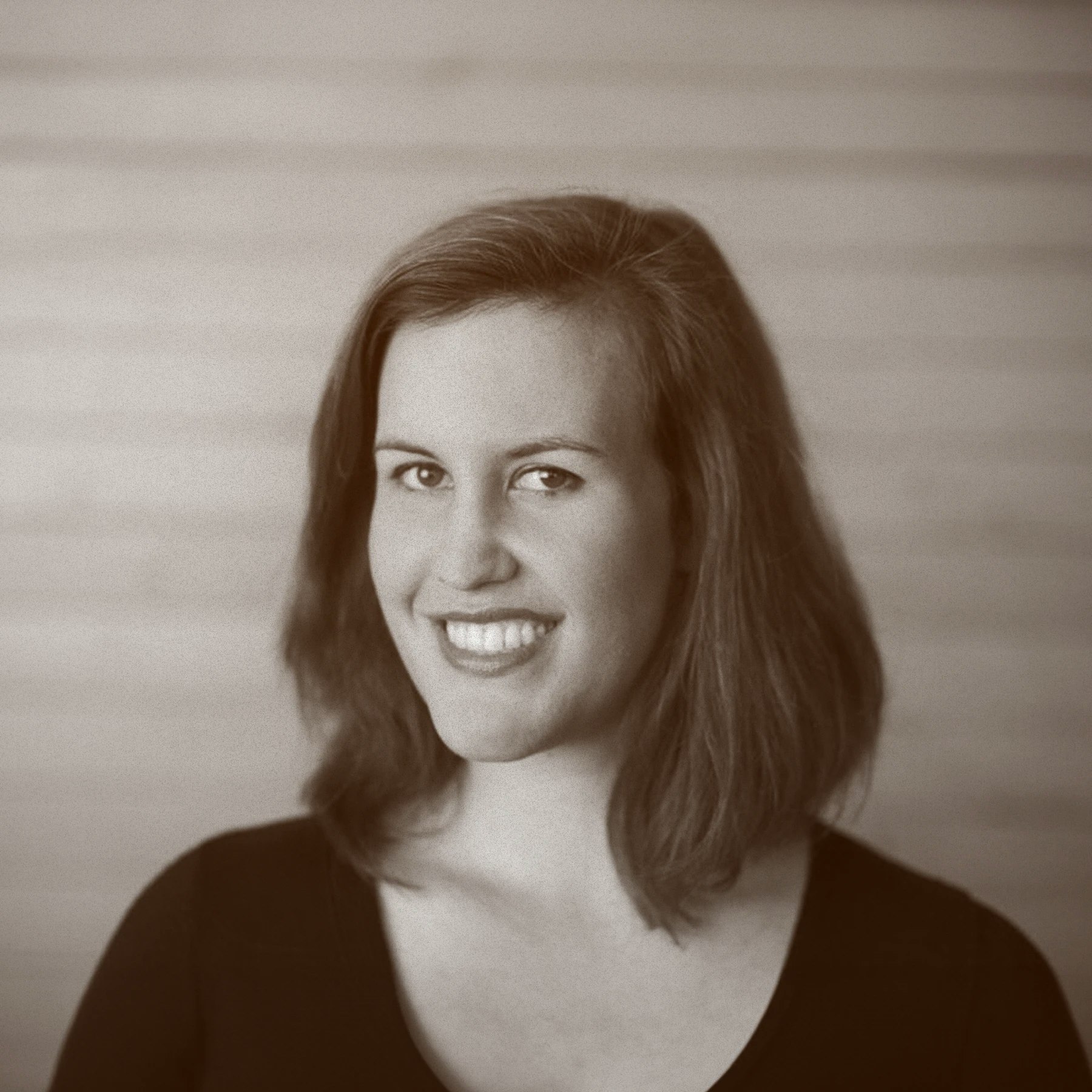From mass marketing to micro-communities: How Notion built global growth through authentic user connections

Camille Ricketts is an investor, marketer, storyteller, and partner at XYZ Venture Capital. She helped build one of tech’s most engaged user communities while leading marketing at Notion, and joined Mercury Raise to talk about empowering your best users to share a product with those you might not otherwise be able to access.
On product-led vs. community-led growth
Product-led growth happens when someone loves a product so much they can’t help but share it, while community-led growth is about both that and bringing together specific groups who can amplify your message. At Notion, Camille Ricketts saw these strategies overlapping naturally: users would create amazing Notion templates because they loved the product. Then they would get excited about the ways that they’d adapted and personalized their templates, leading them to share their template with friends, family, colleagues, and social media connections.
Notion was spreading quickly. So quickly that in a lot of cases, the Notion team didn’t even know about the communities that were cropping up. There were Slack groups, Discord servers, Facebook Groups, a Subreddit, email lists, and in-person communities that centered around Notion and its use cases.
That’s not to say that the growth of the Notion community was effortless on the part of its marketing team. While much of its growth did happen organically and independently, the Notion team was also intentional about making connections with some of the power users who had become informal ambassadors.
One of Ricketts’ first hires was Ben Lang, a well-known community leader who worked closely with Notion power users that were already moderating groups of Notion fans across Facebook, Discord servers, Slack, and other channels. Lang met with each of these individuals to better understand what they wanted from their interactions with Notion and other users, how Notion could support them, and what else they needed to keep expanding their relationship with the company and product. All of these learnings were then leveraged to design programs like in-person event support, executive AMAs, a robust template gallery with user submissions, and more. Perhaps most importantly, it taught Lang and Ricketts how to enable users around the world who wanted to build their own communities off of and adjacent to Notion’s owned community platforms.
Weighing growth and focus: building intentional communities
These communities scaled quickly at the hands of both ambassadors and the Notion team. On its surface, this was a good thing: more users was exactly what Notion wanted. However, once a community reaches critical mass, marketers have to watch out for what Ricketts calls “the arena problem” — when groups grow too large, members can become hesitant to participate. “It’s like an LCD Soundsystem concert,” she explains. When there are 10,000 people in one arena, “people don’t really know who else is there. They get nervous about speaking up or saying the wrong thing, or even saying something that just feels too casual in that type of large environment. It’s the casual conversation you want, though, so you have to figure out ways to make things still feel small and friendly.”
When there are so many people the group starts to feel anonymous, and it becomes much harder for people to feel comfortable communicating openly. They’re worried about spelling mistakes or formatting errors or other details that only become relevant when participants feel like they have a big audience. Rapid-fire messaging and authentic conversation starts to die off.
So to avoid participation paralysis, Ricketts reengineered the groups into smaller, more intimate channels, where members could recover that initial feeling of small-scale familiarity. Rather than broad communities, she advocates for creating more specialized spaces where members share specific interests or challenges. A focused recruiting community, for instance, generates more engagement than a general HR group. In the case of Notion, channels targeting people who wanted to become consultants for teams, or who wanted to teach courses about the product, served this purpose and helped people connect authentically with others like themselves.
She notes that success in community building comes from specificity, and once a group reaches a certain scale, that specificity is lost. "The more like-minded and relevant the other members of the group are, the more valuable the community is going to be over time," Ricketts explains.
Incentives beyond money
These ambassadors were doing a lot of work: some of them were moderating comments, troubleshooting other community members’ issues and questions, and more. Notion incentivized these power users with early access to features and direct communication with the product and executive teams. They also provided ambassadors with resources and funding to build their own platforms through in-person and virtual events.
How did the Notion team know this would work? They asked. The community team invited active community members into Zoom meetings to chat about their work as ambassadors: what was working, what wasn’t, what resources or information they needed, how Notion could support them. Everyone they interviewed said that they just wanted to feel actual closeness with the Notion community. They wanted to understand what was going on with Notion better than anyone else on the internet.
For these users, the most powerful incentive was getting an insider’s view of the company’s operations and decision-making process. To this end, these customers weren’t just given surface-level updates: they were invited to peek behind the curtain, understand exactly how things worked, and have their voice heard on important decisions. This level of transparency and inclusion was especially meaningful because it transformed them from passive customers to active participants who could shape the direction of the company — beyond just the end product experience as a user. Keeping them so close required a lot of time and effort from Notion engineers, who showed new features to users and got their feedback. It was critical that they made it clear to these users that the product team was truly listening to them. And it paid off: these users cited the ability to provide input and see their suggestions taken seriously as a key reason they remain deeply engaged with the brand.
Measuring community impact
While product-led growth offers clear metrics like conversion rates, community-led growth focuses more on top-of-funnel awareness — which can be hard to track when ambassadors aren’t necessarily reporting back on the impact of their forums, some of which (like Slack or Discord groups) might be private. So Notion focused on the metrics they could track, including attendees at in-person events or the organic development of large communities — like a Notion-focused Facebook group of 250,000 Vietnamese users — that emerged without any direct marketing investment from the company.
It’s always going to be incredibly hard to attribute exact figures when measuring top-of-funnel awareness from community-led growth, but rough estimates in terms of how many people you’ve reached through members of a community can at least provide a baseline — or at the very least, justification for the creation and the investment in community.
The art of adaptation
Success in community building requires constant evolution. Notion learned to segment discussions as communities grew, creating dedicated channels for templates and specific use cases. “Novelty is really important,” Ricketts emphasizes. “Bringing a bunch of people into an experience and just having it stay the same for a really long time, folks are like, ’Well, if this is it, this is it.’”
Through these strategies, Notion’s marketing approach transformed from traditional outbound tactics to a community-driven engine that powered global growth. Ricketts and Lang’s experience suggests that while both product-led and community-led growth require intentional cultivation, the human element remains central to lasting success.
Build thriving communities by putting real connections first
Nurturing effective communities isn’t about following a rigid playbook — it’s about understanding what brings people together and creating spaces for authentic connection. As digital platforms evolve, success will come to those who remember that communities thrive on human connections, one conversation at a time. The future belongs to companies that can balance growth with maintaining intimate, valuable spaces for their users to connect and learn from each other.
Related reads

You hit $10K MRR. Now what? A 6-month roadmap for SaaS founders

Wix vs. WordPress: Choosing the right platform for your first website

Squarespace vs. WordPress: Which platform fits your goals?
